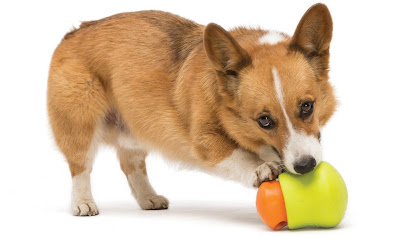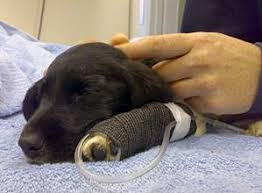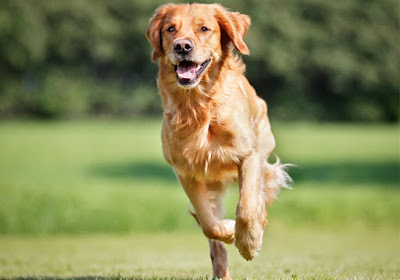Dog food can be simply referred to as a food that is specifically intended to be fed to dogs for their consumption. Like all the carnivores, dogs also have pointed and sharp teeth and they have a short gastrointestinal tract that is better suited for the consumption of meat. Also in spite of this very natural carnivorous design, these dogs have still managed to adapt to over thousands of years in order to survive on the non- scraps as well as the meat scraps and leftovers of human existence.
Beware of dog food allergies
There are obviously certain ingredients present in dog food that are known to be a key cause of various types of allergies. There is a popular belief among many pet owners that soybeans and wheat are a leading and major cause of dog allergies. There are however many studies that have been backed by veterinarians that have miserably failed to show that soybeans and wheat are a major source of allergies. They, in fact, blame the meat proteins that are present in lamb, beef and chicken for most of the allergies. There are also a number of grain-free dog foods available that can claim to alleviate the allergies in dogs. However given the research that the true grain/wheat allergy is rare in dogs, there are diets that are repeatedly seen as gimmicky, controversial and unnecessary by most veterinarians.
 |
| Hypoallergic Dog Food |
The diets for all those dogs who are allergic to food are made from the ingredients and hypoallergenic recipes. There are however limited ingredients that can make it easier to identify the suspected allergens. In the hypoallergenic recipes, the manufacturers use all those ingredients that are very less likely to cause allergies to dogs such as lamb, fish, chicken, and corn. Food allergies are known to account to at least 10% of the total dog allergies.
It is important to beware
Yes, it is very important to beware of all the allergies that your dog might be prone to. Keep this in mind before giving your go any type of food. It will help you a lot in the long run. There is obviously no room for error here as your dog's life is extremely important to you and your family. Account for all allergies and give your dog its food based on what you have noticed in the past few months or years.
If you would like more information on dog food and how you can avoid some of the problems click on the following link Dog Food Secrets
If you would like more information on dog food and how you can avoid some of the problems click on the following link Dog Food Secrets
Source:http://ezinearticles.com/?Your-Dogs-Food-and-Its-Growing-Importance&id=9286453


















































